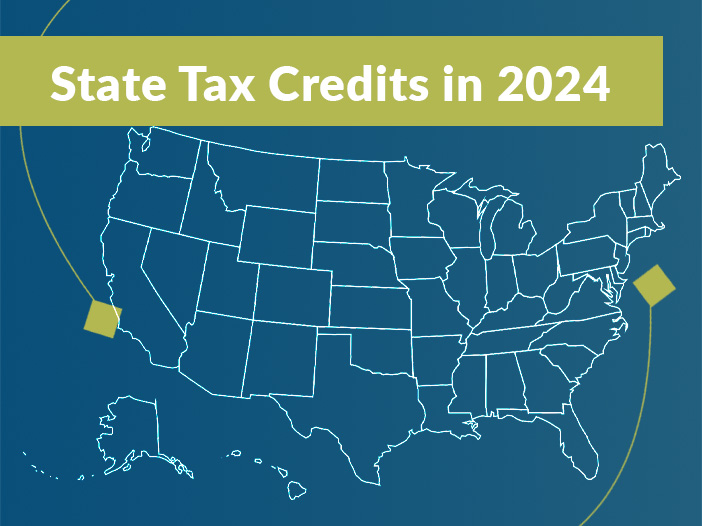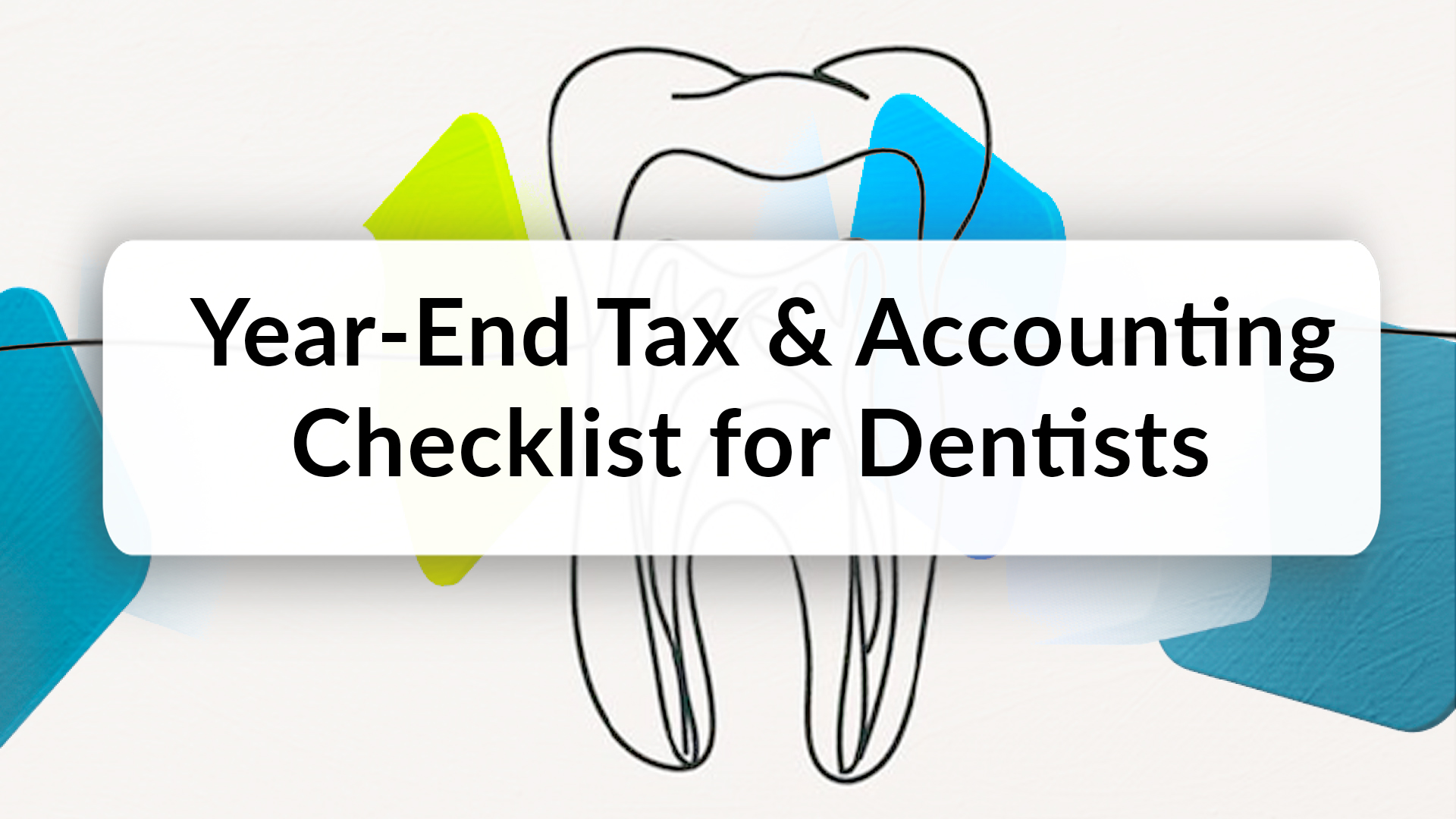
In the realm of tax planning and financial management, every opportunity to save becomes a significant advantage. Enter state tax credits—a dynamic avenue that allows individuals and businesses to leverage incentives offered by state governments to reduce their tax liabilities. In this article, we’ll delve into the world of state tax credits, exploring their benefits, different types, and how they can serve as powerful tools to optimize financial strategies and drive economic growth.
Understanding State Tax Credits
State tax credits are incentives provided by state governments to promote specific economic activities, investments, or initiatives. Unlike tax deductions that reduce taxable income, tax credits provide a dollar-for-dollar reduction in the actual tax owed. This means that a tax credit of $1,000 directly reduces your tax liability by the same amount, offering a tangible and immediate financial benefit.
What do State Tax Credits refer to?
State tax credits are incentives offered by state governments to businesses in order to encourage economic growth and development. These credits can take many forms, such as tax breaks, exemptions, or deductions. They are often targeted towards specific industries or areas that the state is looking to promote. For example, a state may offer tax credits to businesses that invest in renewable energy or in economically disadvantaged areas.
Types of State Tax Credits
- Business Incentive Credits: These credits encourage businesses to invest in certain activities that contribute to economic development. Examples include job creation, research and development, renewable energy projects, and historic preservation.
- Individual Tax Credits: Individuals can benefit from tax credits by participating in activities that align with state priorities. Education-related expenses, energy-efficient home improvements, and contributions to specific state programs are common examples.
- Investment Credits: States may offer tax credits to incentivize investments in certain industries or regions. These credits promote economic growth by attracting investment and fostering job creation.
- Low-Income Housing Credits: Aimed at addressing housing affordability issues, these credits encourage the development of affordable housing units.
- Green and Renewable Energy Credits: States often reward individuals and businesses for investing in renewable energy sources like solar or wind power, contributing to a cleaner and more sustainable future.
Benefits of State Tax Credits
- Immediate Tax Savings: State tax credits offer direct and immediate reductions in tax liabilities, allowing individuals and businesses to keep more of their hard-earned money.
- Economic Growth: By incentivizing specific activities and investments, state tax credits stimulate economic growth, job creation, and regional development.
- Supporting Initiatives: State tax credits enable taxpayers to contribute to causes they care about. Whether it’s education, affordable housing, or renewable energy, individuals can align their financial decisions with their values.
- Cost Recovery: Tax credits help offset costs associated with certain investments or expenditures, making such endeavors more financially feasible.
- Competitive Advantage: For businesses, utilizing state tax credits can lead to a competitive advantage in the market, allowing for increased investment in growth-oriented initiatives.
Navigating the World of State Tax Credits
- Research and Analysis: Identify available tax credits in your state by researching government websites, consulting with tax professionals, and staying updated on legislative changes.
- Eligibility Criteria: Understand the specific requirements and qualifications for each tax credit. Some credits may have income limits, industry restrictions, or other stipulations.
- Documentation: Keep meticulous records and documentation to support your eligibility for tax credits. This includes receipts, forms, and other relevant documentation.
- Tax Planning: Incorporate state tax credits into your overall tax planning strategy. Consult with tax professionals to optimize your financial decisions and take full advantage of available credits.
Illinois State Tax Credits

Illinois offers a variety of tax credits to its residents, including:
- Earned Income Tax Credit (EITC): This credit is available to low-income individuals and families and is based on your income and family size. In 2024, the maximum credit amount is $6,728 for families with three or more qualifying children.
- Property Tax Credit: This credit is available to homeowners and renters who pay property taxes. The maximum credit amount is $750 for homeowners and $500 for renters.
- Education Expense Credit: This credit is available to parents who have children in grades K-12 and have incurred education expenses. The maximum credit amount is $750 per child.
- Angel Investment Credit: This credit is available to investors who invest in qualified Illinois businesses. The credit is equal to 25% of the investment, up to a maximum of $2 million.
Illinois Taxes
In addition to tax credits, Illinois also offers tax exemptions to its residents. These exemptions can help reduce your taxable income and ultimately lower your tax bill. Some of the most common exemptions include:
- Personal Exemption: This exemption is available to all Illinois residents and is $2,325 for single filers and $4,650 for joint filers.
- Dependent Exemption: If you have dependents, you may be able to claim an exemption of $2,325 for each dependent.
- Retirement Income Exemption: If you are over the age of 65, you may be eligible for a retirement income exemption of up to $6,000.
- Military Pay Exemption: Active duty military personnel can exclude up to $6,000 of their military pay from their taxable income.
Tax Exemptions

In addition to these exemptions, Illinois also offers tax exemptions for certain groups of people, including:
- Senior Citizens: If you are over the age of 65, you may be eligible for a senior citizens exemption of up to $8,000.
- Disabled Persons: If you are disabled, you may be eligible for a disabled persons exemption of up to $2,000.
- Veterans: Illinois offers a variety of tax exemptions for veterans, including a disabled veterans exemption of up to $100,000 and a homestead exemption for disabled veterans.
- Charitable Organizations: If you donate to a qualified charitable organization, you may be able to claim a tax exemption for the amount donated.
The Future of State Tax Credits
As we look towards 2024, it is clear that state tax credits will continue to play a significant role in economic development. States like Virginia and Ohio have seen success in using these credits to attract businesses and create jobs. As other states look to follow in their footsteps, it is likely that we will see an increase in the use of state tax credits in the coming years.
Virginia State Tax Credits

Virginia has been a leader in using state tax credits to attract businesses and stimulate economic growth. In 2024, the state plans to continue this trend by offering a variety of tax credits to businesses. One of the most popular is the Virginia Jobs Investment Program, which offers tax credits to businesses that create new jobs in the state. This program has been successful in attracting businesses to Virginia and has helped to lower the state’s unemployment rate.
Another tax credit that will be available in 2024 is the Virginia Research and Development Tax Credit. This credit is designed to encourage businesses to invest in research and development activities within the state. By offering this credit, Virginia hopes to attract innovative companies and promote technological advancements.
Ohio State Tax Credits

by Dana Lewin
Ohio is another state that has seen success in using tax credits to boost its economy. In 2024, the state plans to continue this trend by offering a variety of tax credits to businesses.
One highly favored option is the Ohio Job Creation Tax Credit, which grants tax credits to companies that generate new employment opportunities within the state.
This credit has been instrumental in attracting businesses to Ohio and has helped to lower the state’s unemployment rate.
Another tax credit that will be available in 2024 is the Ohio Motion Picture Tax Credit. This credit is designed to attract film and television production companies to the state. By offering this credit, Ohio hopes to create jobs and stimulate economic growth in the entertainment industry.
Takeaway
State tax credits have the potential to be a powerful tool for economic growth in 2024 and beyond. By offering incentives to businesses, states can attract new investments and create jobs, ultimately leading to a stronger economy. As we approach 2024, it will be interesting to see how these credits evolve and how they will impact the economic landscape of the United States.





